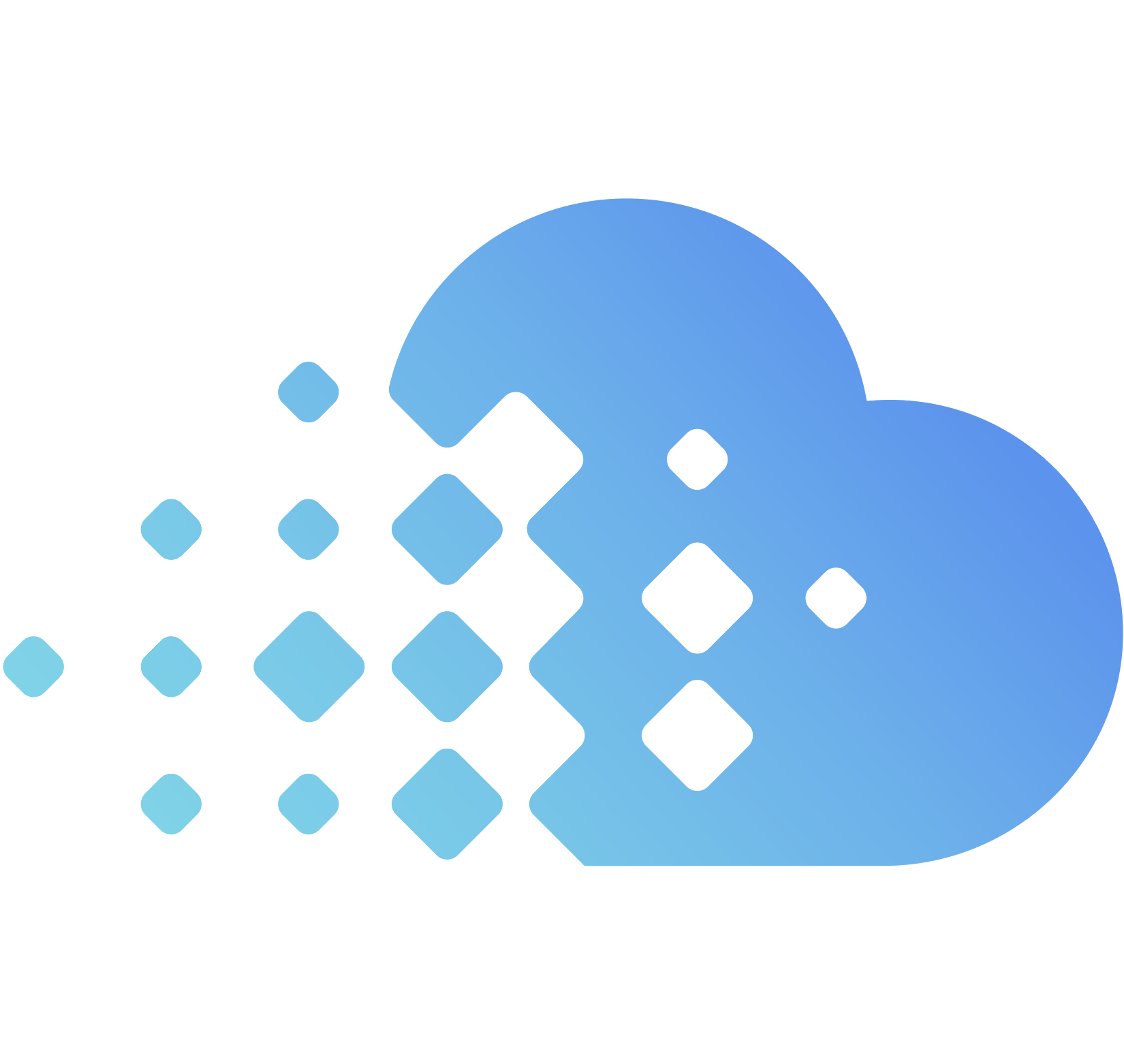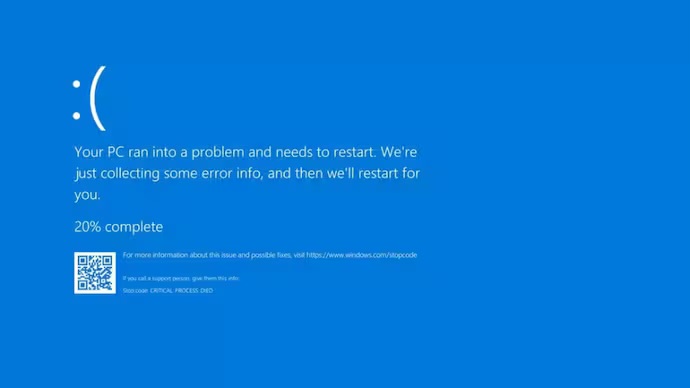A recent update to the CrowdStrike Falcon sensor has sent shockwaves through the IT community, resulting in widespread disruptions for Windows users across the globe. The faulty update triggered a cascade of issues, forcing machines into blue screen of death (BSOD) loops and rendering critical systems inoperable. Here’s what we know:
Impacted Organizations and Agencies
Numerous organizations and agencies felt the brunt of this unexpected disruption. Among those affected were:
- Hospitals:15 hospitals in Israel are affected by this crisis causing operations to be delayed.
- Major Banks: Financial institutions scrambled to address the sudden downtime caused by the faulty update. Transactions stalled, and customer services faltered.
- Airlines: Flight operations faced delays and cancellations as airline systems ground to a halt. Passengers find themselves stranded, and airport staff grappled struggling to deal with the situation.
- Emergency Services & Telecommunications Companies: Communication networks stuttered, affecting some phone services worldwide, internet connectivity, and emergency lines. The outage highlighted the critical role these companies play in our interconnected world.
- TV and Radio Broadcasters: Live broadcasts halted abruptly, leaving viewers and listeners puzzled. Newsrooms struggled to adapt, and advertisers faced unexpected gaps in airtime.
- Supermarkets: Even grocery stores weren’t spared. Point-of-sale systems malfunctioned, leading to long queues and frustrated shoppers.
The Airgap Advantage
Interestingly, airgapped systems—a subset of critical infrastructure—remained unscathed. These systems, intentionally isolated from external networks, didn’t automatically receive the faulty update. Sysadmins and security experts had deliberately chosen to keep them separate, emphasizing manual control over automation. As a result, airgapped environments remained stable, serving as a testament to the importance of strategic decision-making in IT operations.
In an age where we see the idealization of cloud services and automation for every workload possible – this is a good time to remind ourselves of the power of on-premises computing/private clouds. The organizations who have more control over their update’s management are less affected and are much less impacted by the update.
Balancing Automation and Control
This incident prompts a crucial discussion: Is the trend of fully automating every aspect of IT operations going too far? While automation streamlines processes, it also introduces risks. Ideally, updates should be applied selectively, starting with non-critical systems and gradually extending to mission-critical ones. The CrowdStrike debacle underscores the need for a balanced approach—one that combines automation’s efficiency with human oversight to prevent widespread disruptions.
As organizations recover from this unexpected setback, they’ll undoubtedly reevaluate their update strategies. Perhaps it’s time to revisit the delicate dance between automation and control, ensuring that critical systems remain resilient while minimizing the impact of unforeseen glitches.


No responses yet